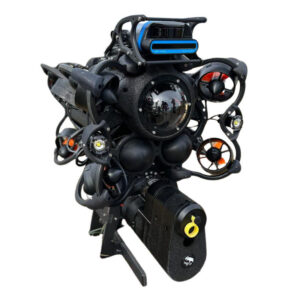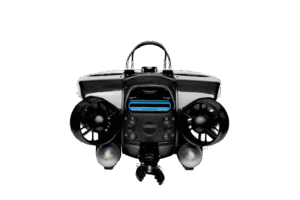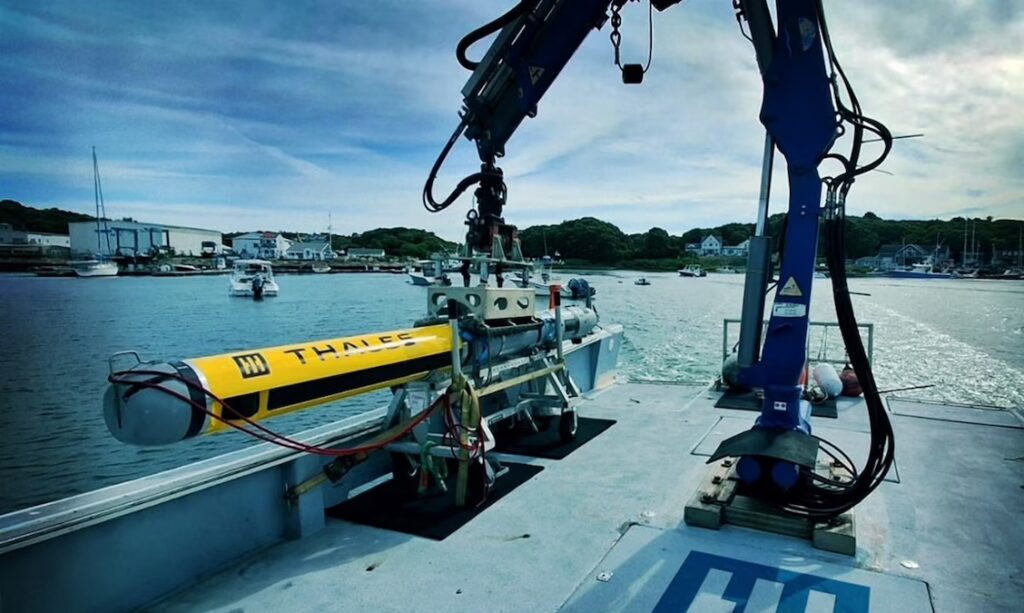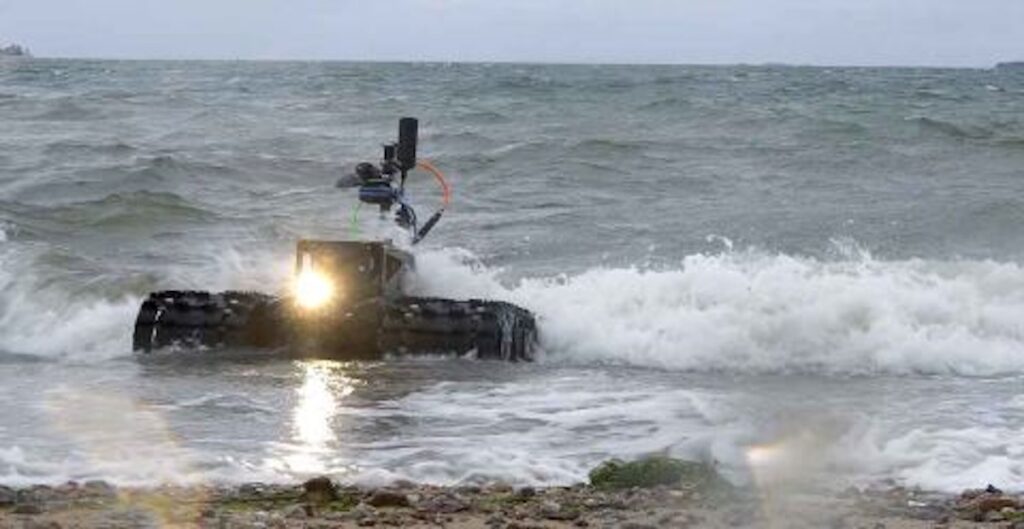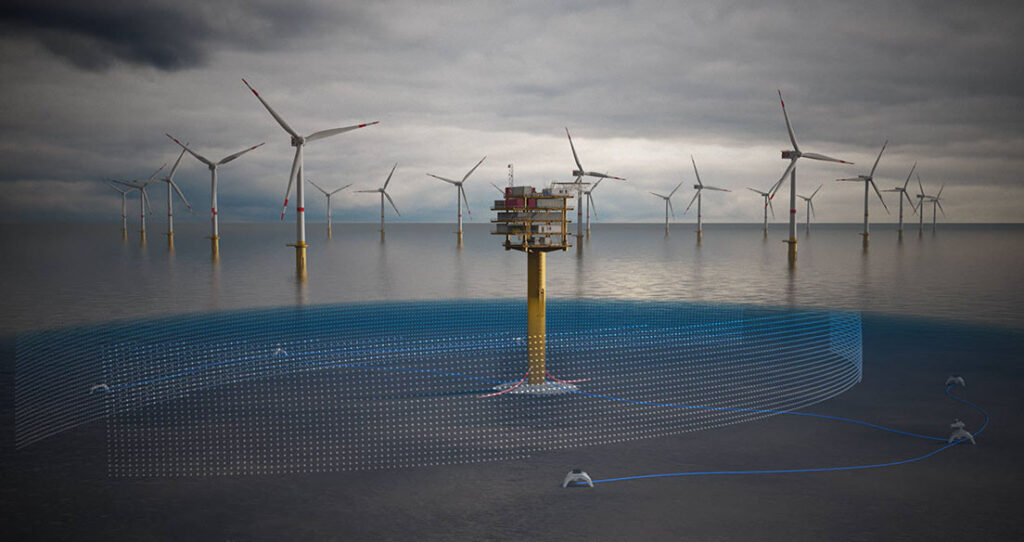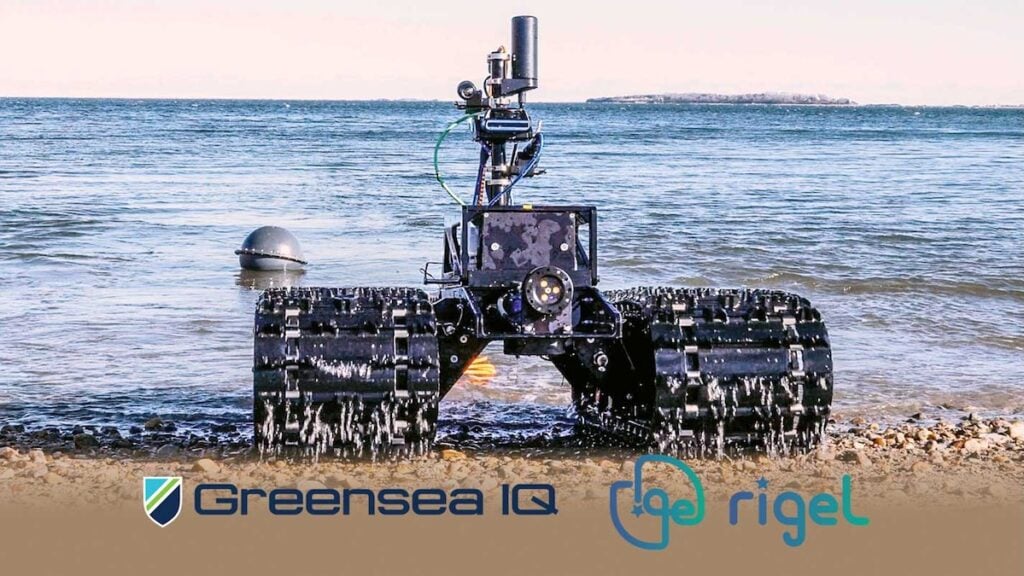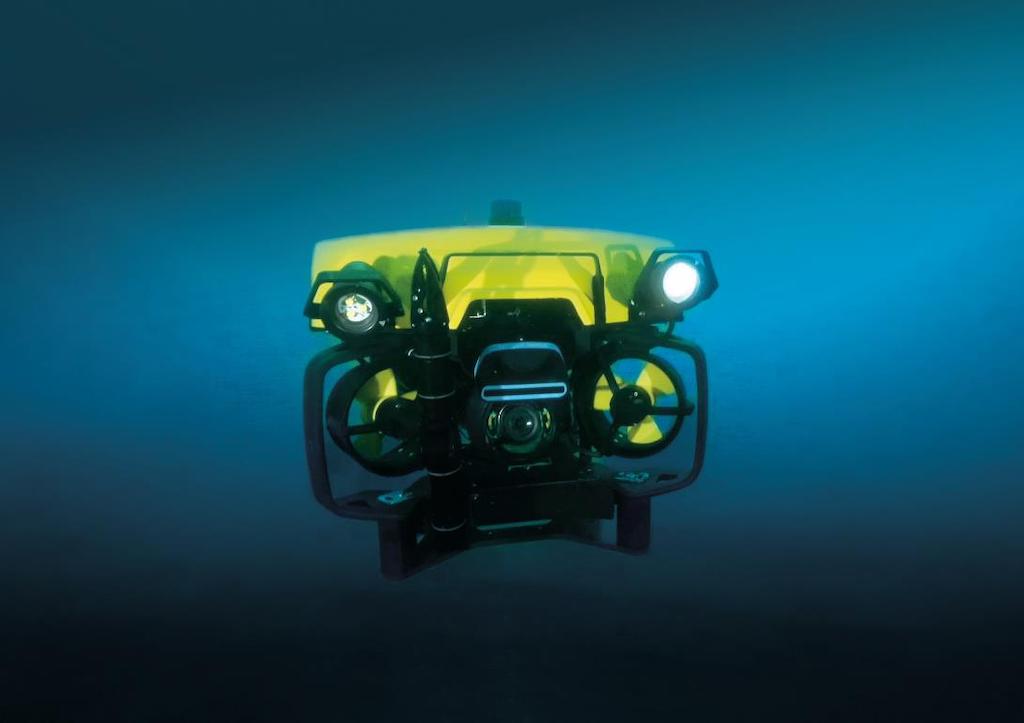Suppliers
Add your company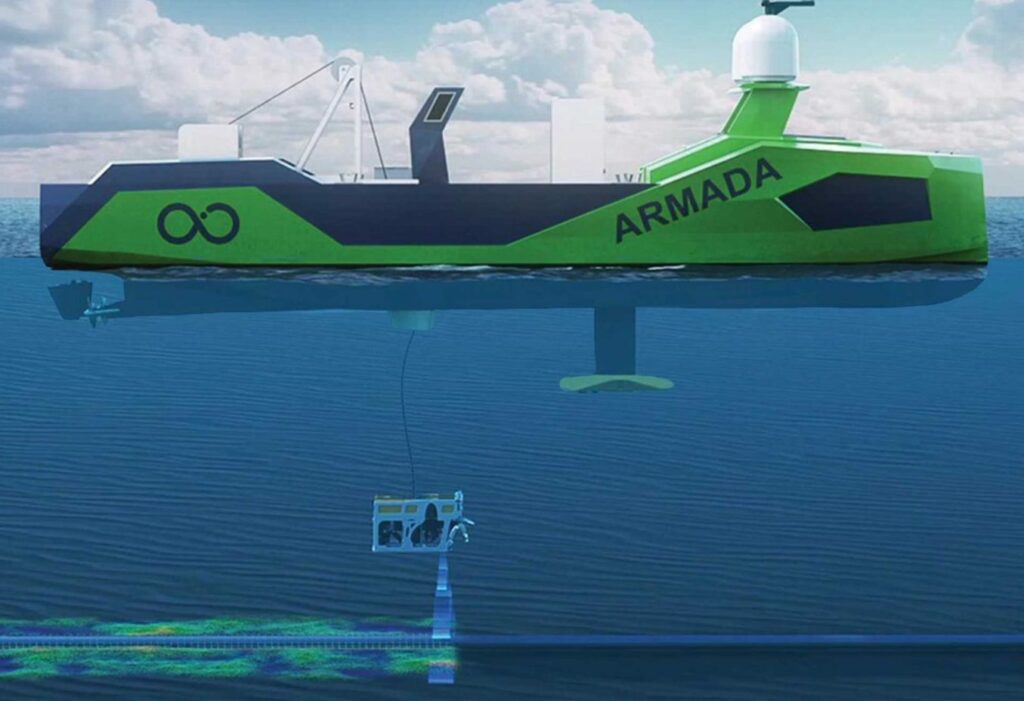
Cutting-Edge Ocean Robotics And Open Architecture Software Solutions

Advanced ROV Solutions for Critical Underwater Inspections
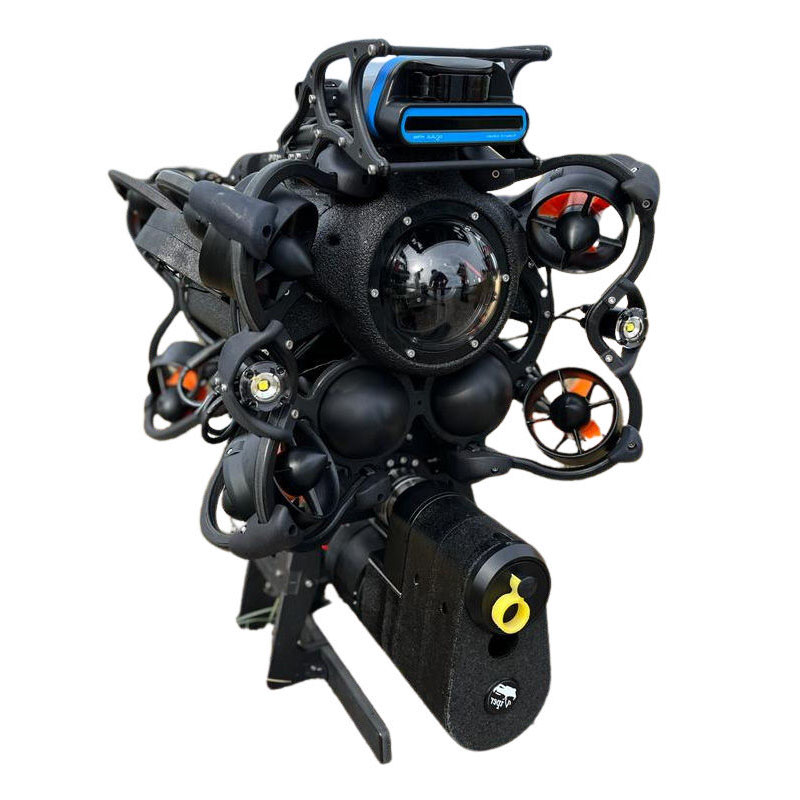
Cutting-Edge Remotely Operated Vehicles (ROVs) for Marine & Underwater Professionals
If you design, build or supply EOD and Mine Countermeasures, create a profile to showcase your capabilities on this page
Products
Marine EOD and Mine Countermeasures
The deployment of marine EOD systems spans multiple domains, including naval mine clearance, underwater demolition, UXO mitigation, and surveillance. Whether integrated into manned missions or operated remotely via robotic platforms, these solutions enhance safety and efficiency across various defense and civilian scenarios.
Marine EOD Operations and Capabilities
Marine EOD operations focus on locating and safely neutralizing explosive hazards in marine environments. These missions often involve unexploded ordnance left over from past conflicts, sea mines deployed in contested zones, or improvised underwater threats. EOD operators use a combination of diver-based tactics and remote systems to manage risk during UXO clearance and mine disposal.
Mine Countermeasures (MCM) and Strategic Defense
MCM technologies are critical to identifying, classifying, and neutralizing naval mines. These include acoustic and magnetic mine detection systems, remotely operated vehicles (ROVs), and advanced data analysis platforms. Mine countermeasures reduce risks to ships, submarines, and infrastructure by enabling safe passage through potentially mined waters.
MCM drones and robotic mine clearance platforms are increasingly replacing conventional minesweeper vessels. These systems offer faster response times, lower operational risks, and improved effectiveness across various underwater environments.
Remotely Operated Vehicles (ROVs) and Robotic Manipulation
ROVs play a central role in both marine EOD and MCM. Designed to operate in hazardous environments, ROVs with sensors, cameras, and robotic manipulators are deployed to inspect, identify, and interact with underwater threats. These remotely operated vehicles vary in size and configuration, from compact inspection-class ROVs to large work-class models capable of carrying out full mine clearance tasks.
The robotic manipulator arms mounted on ROVs enable detailed tasks such as cutting, gripping, or placing explosive charges. With precise controls and interchangeable tools, these systems offer the flexibility required for complex underwater missions.
UXO Detection, Classification, and Clearance
Detecting unexploded ordnance underwater involves specialized sensor packages including sonar, magnetometers, and imaging systems. These technologies distinguish between harmless debris and live ordnance, guiding clearance teams in their response. UXO clearance strategies typically involve detailed mapping, classification, and remote or diver-based disposal depending on environmental and operational conditions.
Remotely operated vehicles and robotic systems allow UXO mitigation at depth and in difficult conditions, reducing human exposure and enhancing accuracy.
Integrated Technologies for Mine Detection and Disposal
Modern marine EOD systems combine hardware and software to deliver comprehensive underwater mine countermeasures. Sensor integration, AI-driven threat recognition, and real-time communication platforms enhance situational awareness and enable rapid decision-making. These systems typically include:
- Forward-looking sonar and side-scan sonar for wide-area mapping and obstacle detection
- 3D imaging systems that generate real-time visualizations of underwater environments
- High-precision navigation tools such as inertial navigation systems (INS) and Doppler velocity logs (DVL)
- Autonomous control algorithms enabling semi-autonomous or fully autonomous operations
- Data-link systems that transmit video and telemetry to surface control stations in real-time
These integrated components work together to deliver a coordinated mine detection and disposal capability, reducing risk and improving operational efficiency in both defense and civilian missions.
Applications Beyond Defense
While marine EOD and MCM are primarily defense-driven, many technologies are adapted for civilian use. Offshore construction, subsea cable installation, and archaeological projects often require UXO detection and clearance before operations can proceed. In these settings, ROVs and underwater detection systems ensure safety and compliance with regulatory standards.
Materials, Standards, and System Resilience
Marine EOD systems are designed to withstand harsh underwater environments. Components are typically built to military specifications, such as MIL-STD-810 for environmental resilience and MIL-STD-2105 for explosive safety. Systems must perform reliably under pressure, temperature extremes, and corrosive saltwater exposure.
Specialized materials and redundant system design ensure ROV manipulators, detection arrays, and control units remain operational during extended missions. Durability and accuracy are especially important in live mine countermeasures scenarios where failure is not an option.








